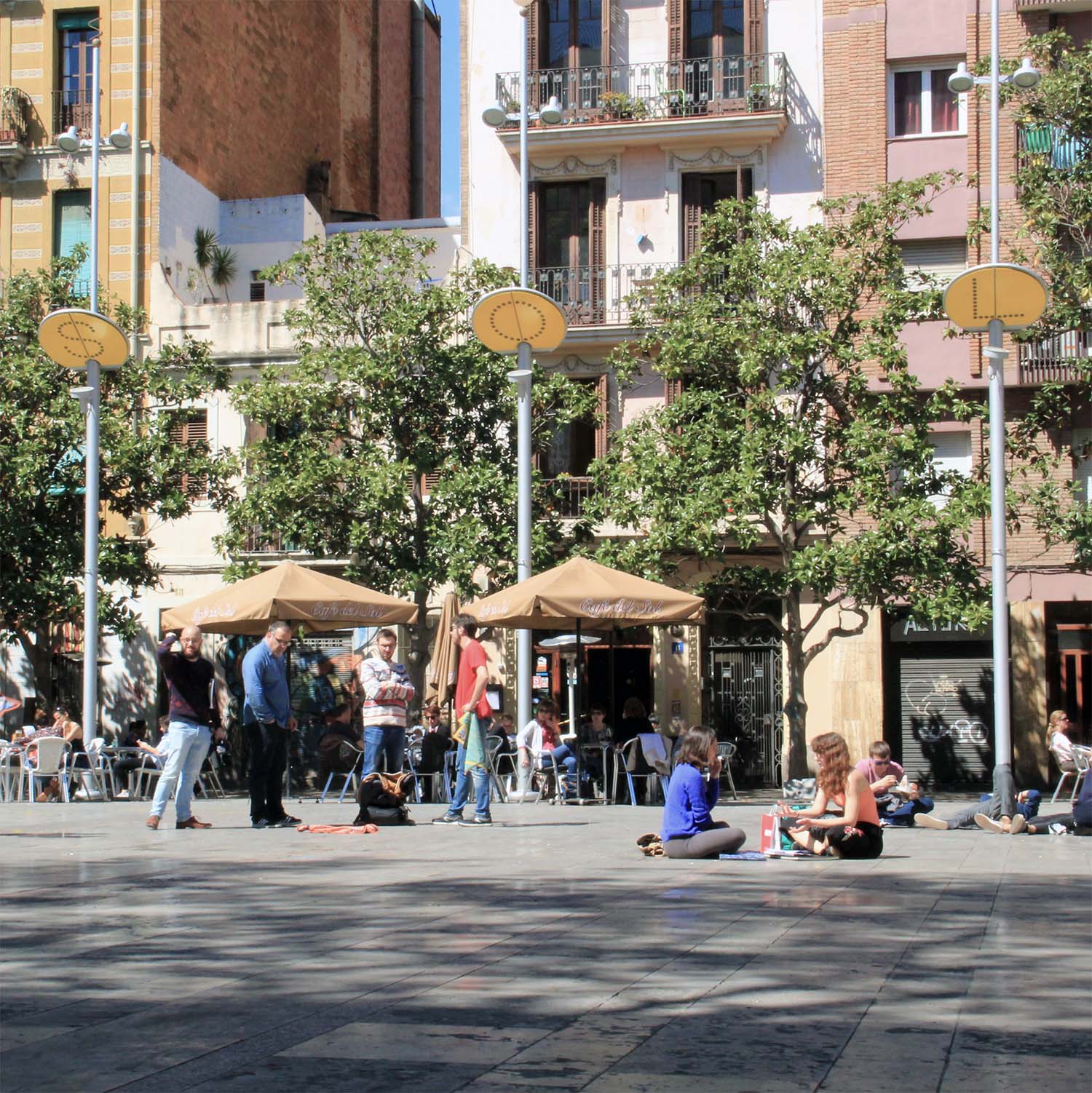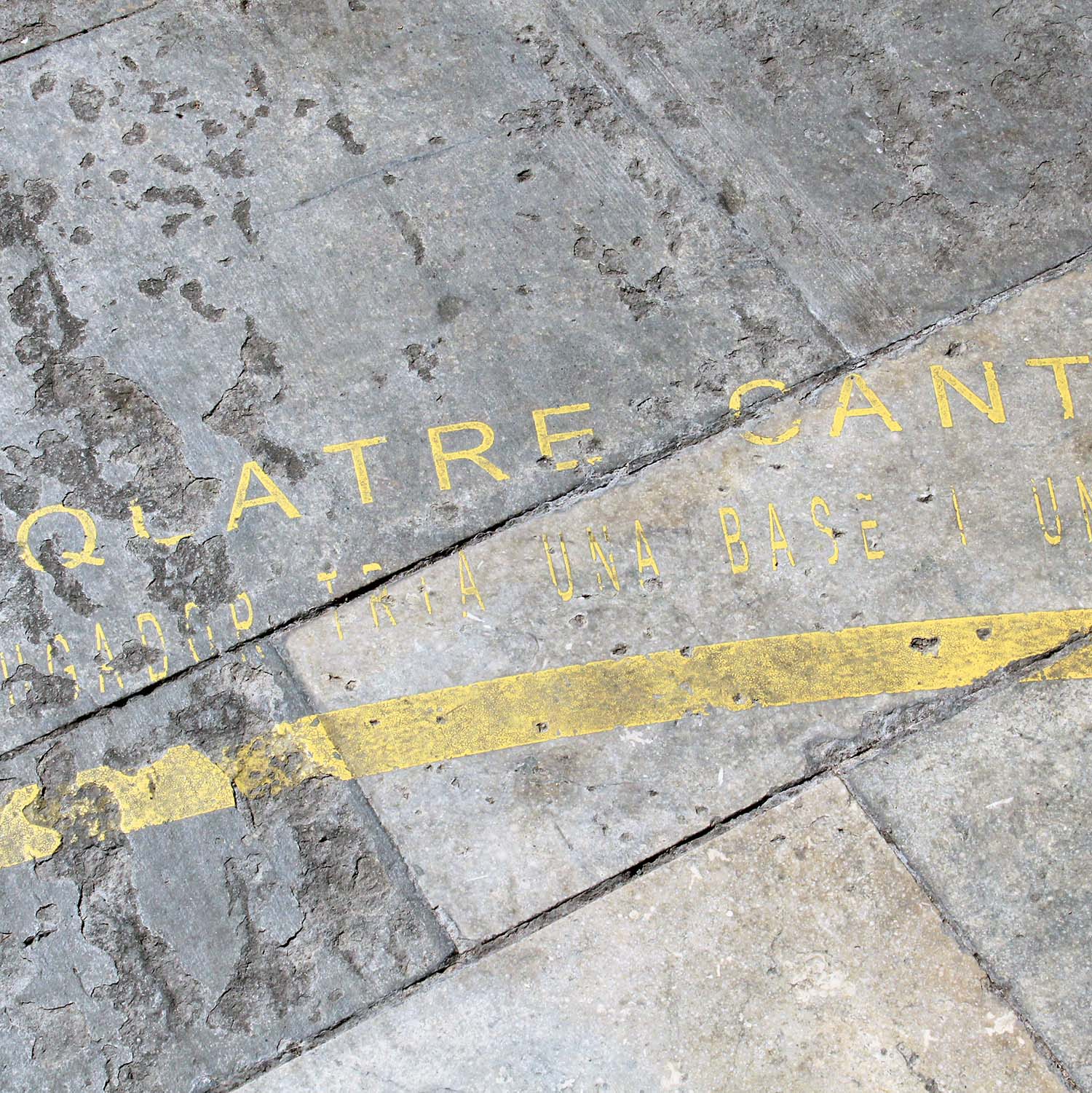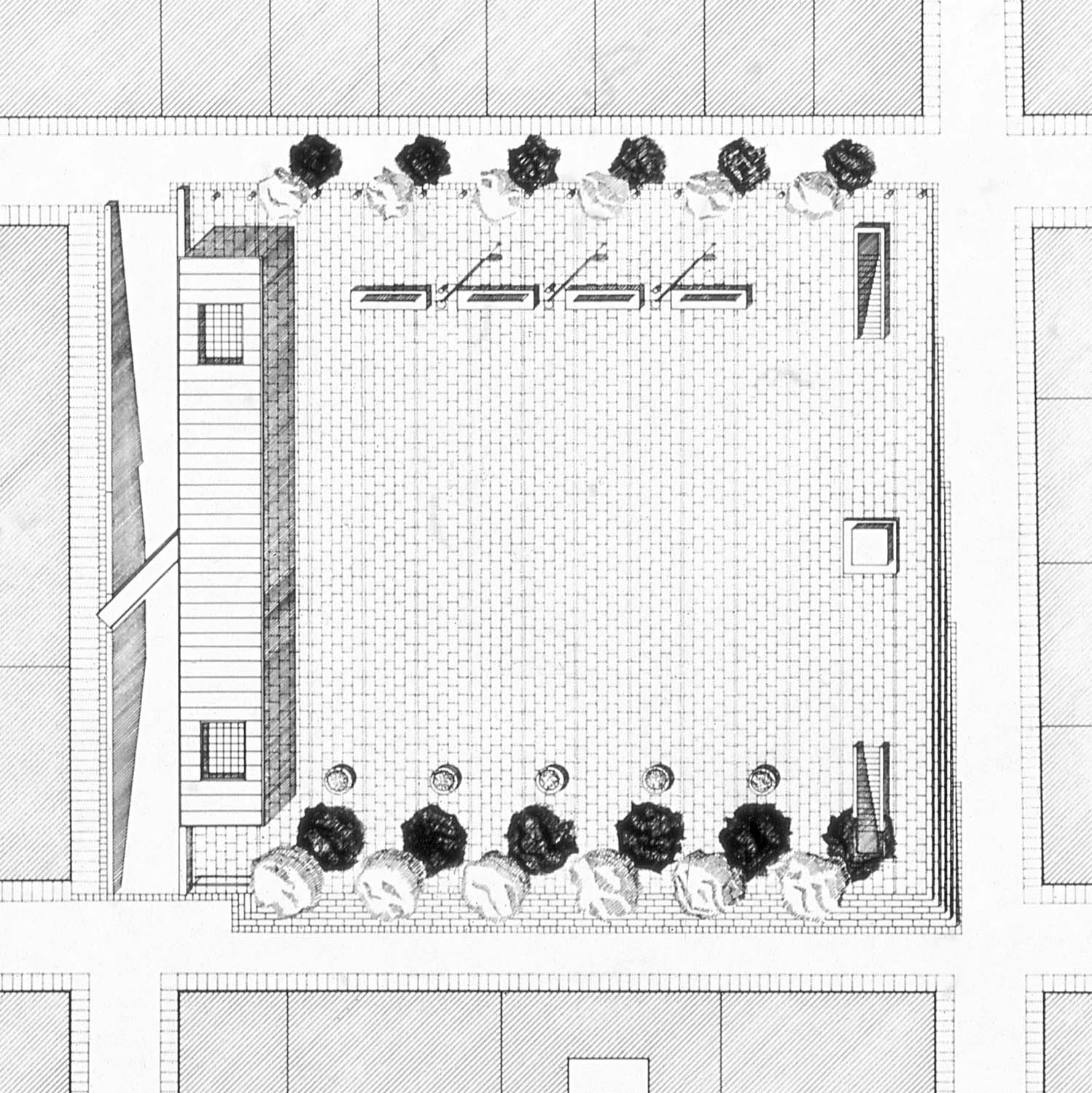THE GRÀCIA SQUARES
PLAÇA DEL SOL, PLAÇA DE LA VIRREINA, PLAÇA TRILLA. BARCELONA.
Client: Ajuntament de Barcelona
Project Architects:Jaume Bach with Gabriel Mora
Project Date: 1981-1985
PLAÇA DEL SOL REFURBISHMENT
Client: Ajuntament de Barcelona
Project Architects: Anna & Eugeni Bach / Bach arquitectes
Project Date: 2015
Project Area: 2.420 m2
AN URBAN DESIGN LESSON
In the 1990s, as a group of young students, we went on a pilgrimage to Barcelona, the city of architects, to marvel at the reconstruction of the urban landscape.
Initiated by planning director Oriol Bohigas in the early 1980s, the urban renewal program had turned the city into an urban laboratory. A “controlled” metastasis was at the core of this program, implementing strategic projects to “infect” the nerve centre of neighbourhoods and achieve urban compactness, readability, a mixture of uses and the recovery of public space.
THE GRÀCIA SQUARES AS ICONIC EXAMPLES OF THE 1980s URBAN RENEWAL
The Gràcia Squares by Jaume Bach and Gabriel Mora (1984) are emblematic of this early period of Barcelona’s urban transformation. Exemplary for their subtle interventions in a dense urban fabric and the renovation of neglected public space, their creation of a contemporary but timeless aesthetic in dialogue with the historic surroundings, the squares were reorganised and used a reduced material palette of pavement, furniture, lighting and tree planting in symmetry with the adjacent buildings. Their open character, discreet simplicity and multifunctional use gave them a specific urban quality and brought them to the attention of the architecture world.
As only a few of the nine proposed designs for a sequence of interconnected open spaces were actually realised, the potential impact all of the interventions would have had cannot be known. But the implemented projects turned the open spaces of the neighbourhood of Gràcia, previously dominated by car traffic, into significant, high-quality public spaces. Traffic lanes and parking lots were shut down and usable space reclaimed. In the case of Plaça Trilla, the architects created an urban oasis where no public space had existed before. For this reason the projects played a crucial role in the revitalisation of the neighbourhood, as part of an urban strategy in the run-up to the 1992 Olympic Games that would gain in complexity and scale. The program would become known as the Barcelona Model and rapidly transform the city and have significant social and economic consequences.
© Bach Arquitectes
ECONOMIC AND POLITICAL FORCES IN PUBLIC SPACE
Today, the Plaça de la Virreina and Plaça Trilla are unchanged apart from the removal and replacement of much of the original furniture. The most distinctive of the squares, Plaça del Sol, has undergone more radical modifications. Original custom-designed elements have slowly disappeared over time, while others have deteriorated.
A refurbishment in 2014 was directed by Bach Arquitectes. Jaume and Eugeni Bach explained that they aimed to preserve the open quality and harmonious proportions of the space by keeping modifications of existing elements like light poles to a minimum, and replacing the demolished pergola and pedestrian bridge with new elements of similar proportions and structuring function. There is now a noticeable absence of street furniture on the square while commercial use of the restaurants and bars has increased. The painted children’s games on the granite paving indicate a compromise was made in order to avoid the construction of one of the fenced, standard council playgrounds now so common to Barcelona’s squares. Benches and a pergola were removed by the local council to avoid attracting homeless people or partying youths, making the evolution of Plaça del Sol representative of the growing tendency of the authorities to prescribe functions and increase control over the use of public space. Growing numbers of tourists and surging rental prices, the often criticised “uncontrolled” metastasis of the Barcelona Model’s urban renovation, are also felt intensely in the neighbourhood and have lead to increased interest in its public spaces. The Gràcia Squares can therefore be seen as a microcosm of the city and its diverse economic and political forces.
On a sunny afternoon people sit on the broad pavement of the Plaça del Sol, playing music, sunbathing and chatting, much like they did back in the 1990s. The legacy of the Gràcia Squares, for now, has been kept intact.
All plans © Jaume Bach/Gabriel Mora
This article was first published in Topos Magazine, Edition 99 -Wounds, 2017.





